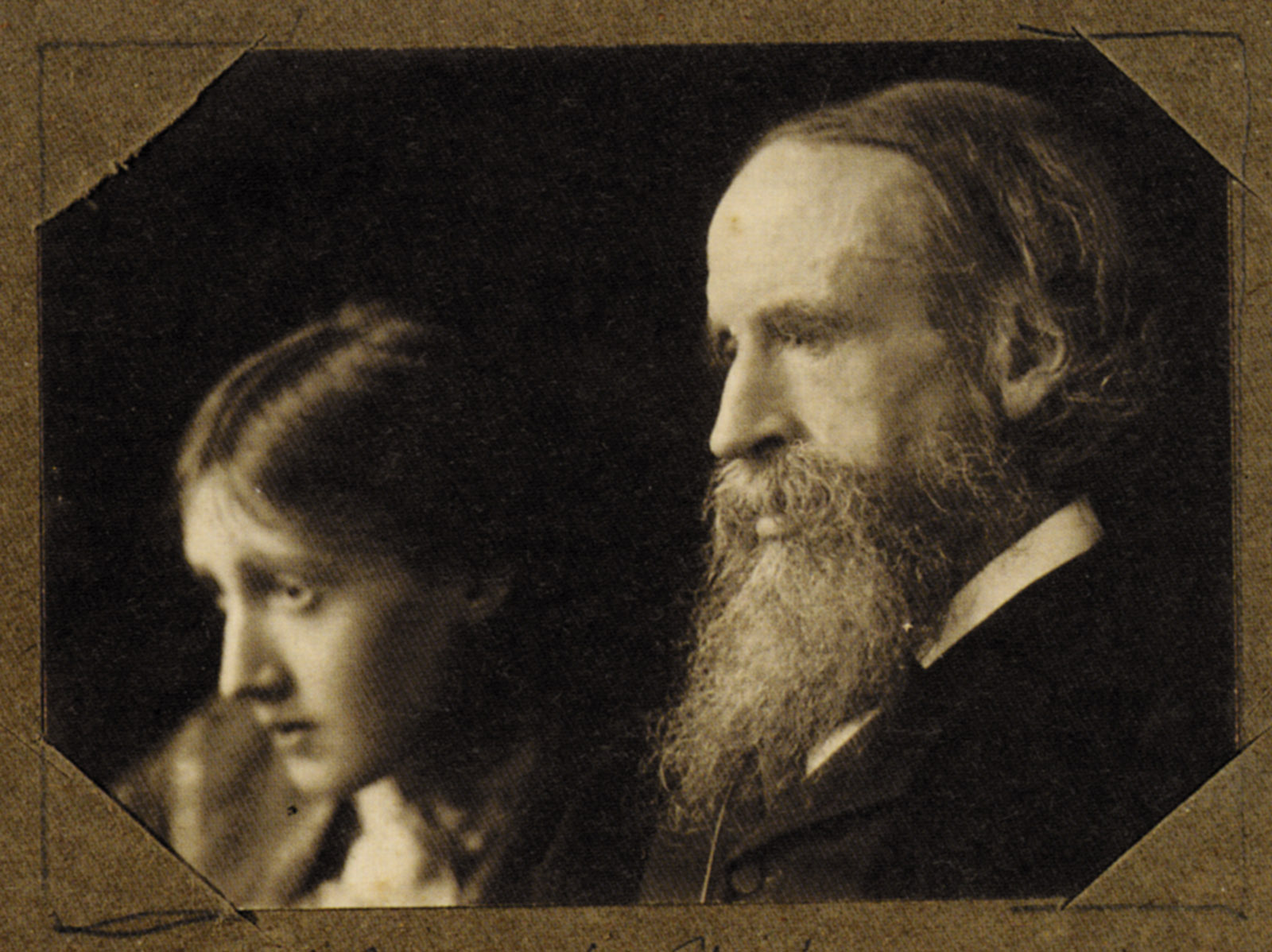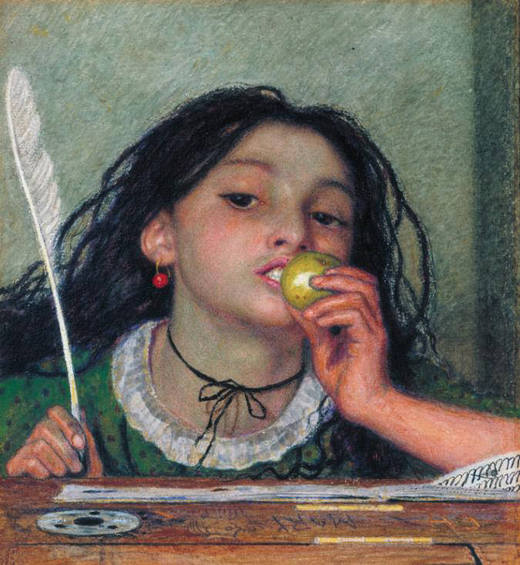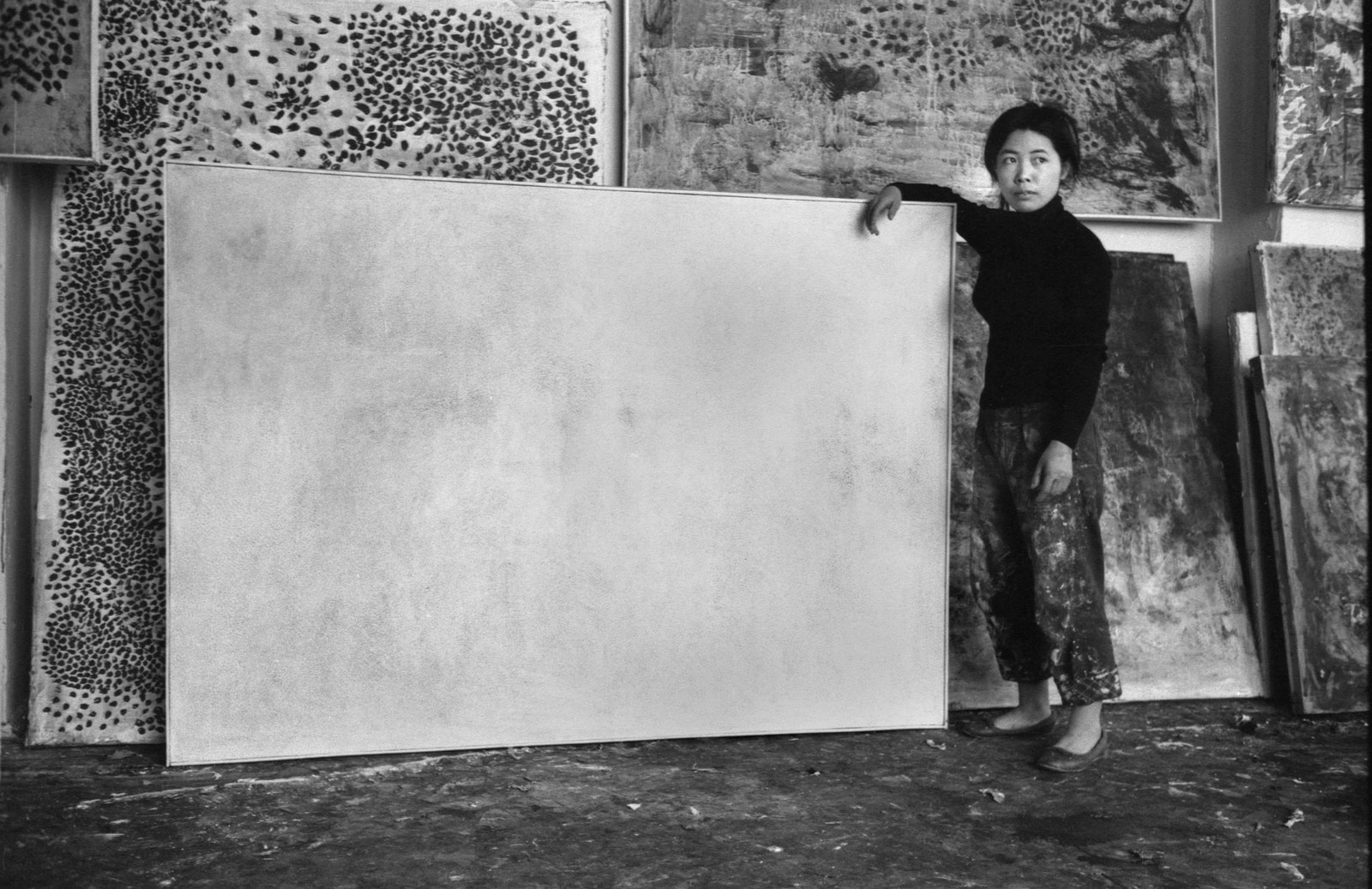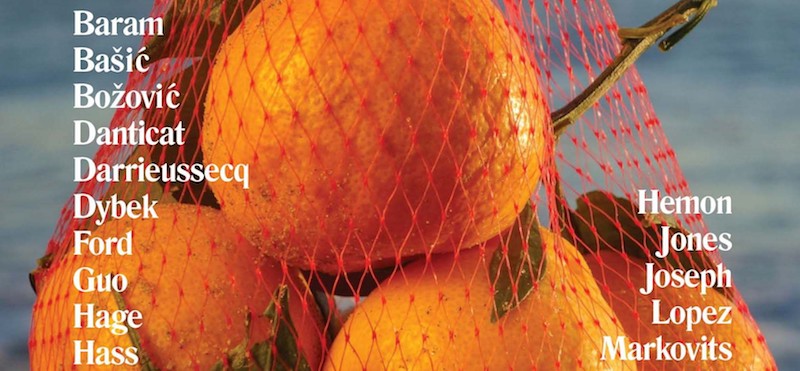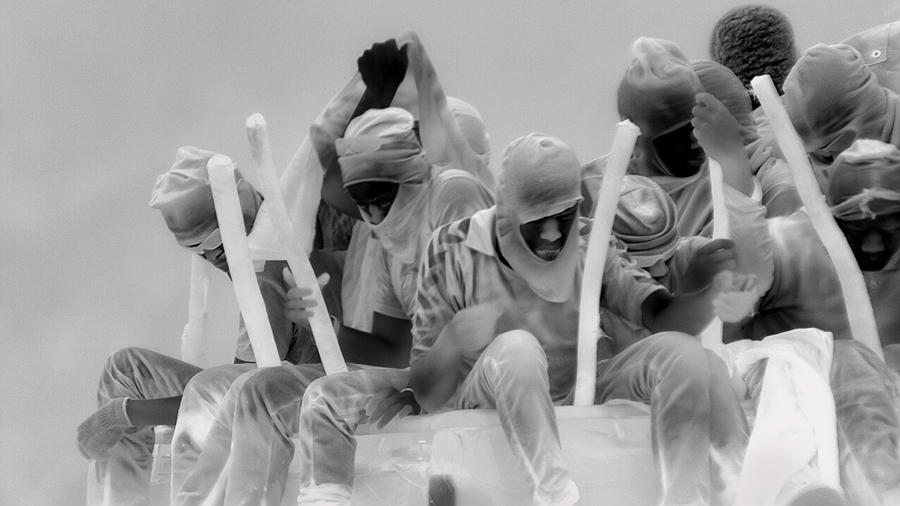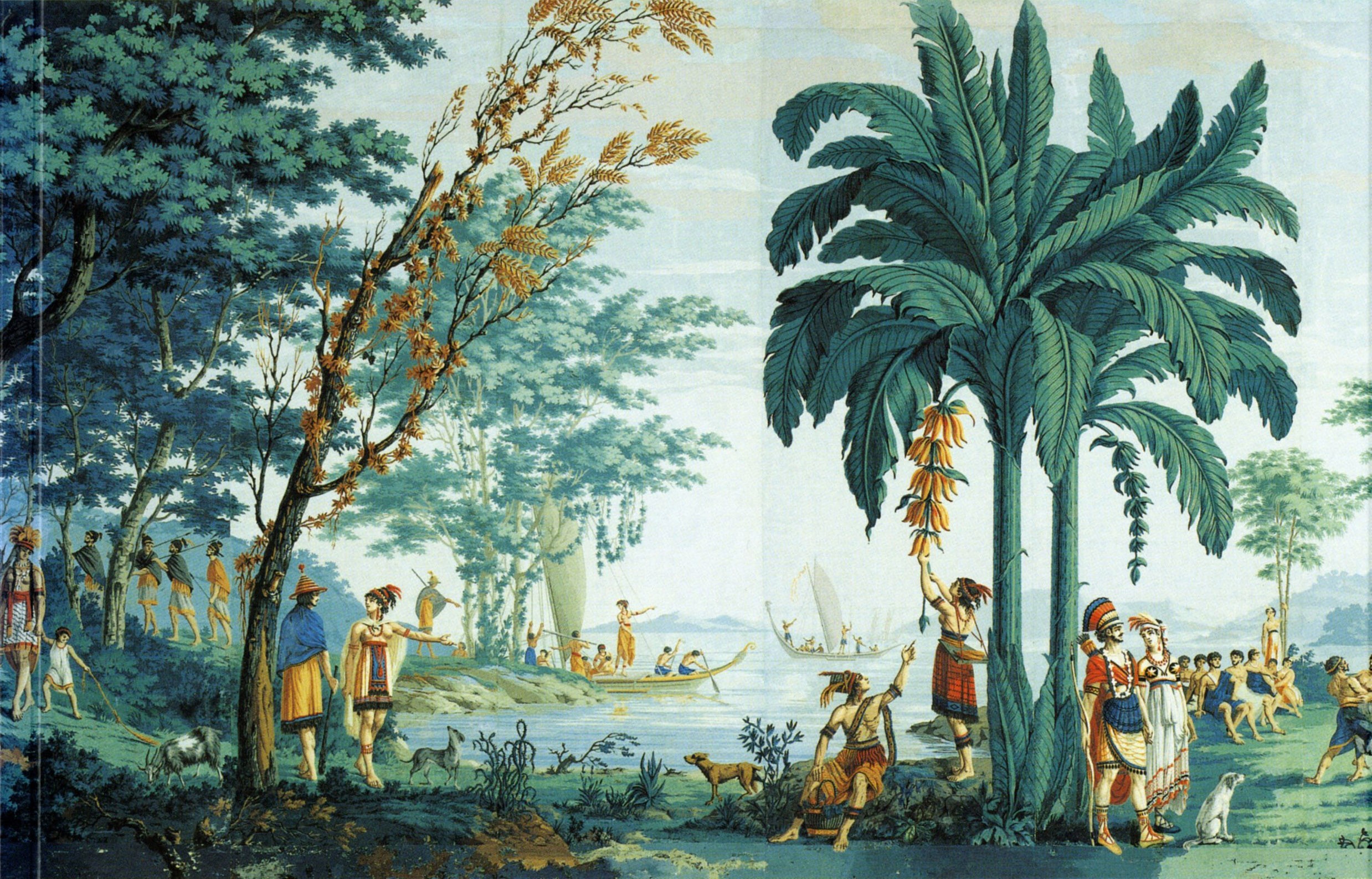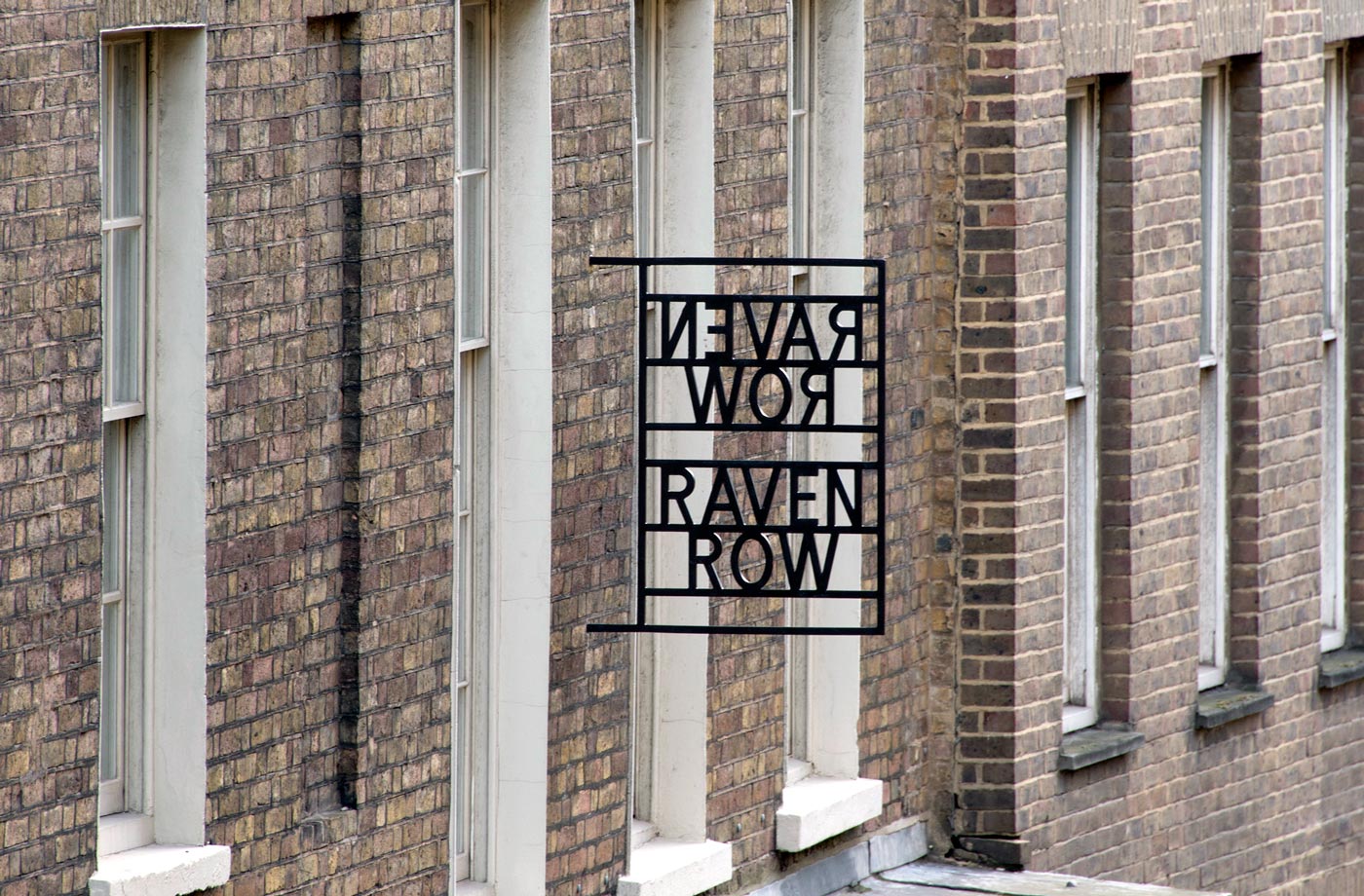I FIRST MET Susan Sontag in the spring of 1974 at a dinner in Berkeley given by Robert Scheer, author of one of the first pamphlets against the Vietnam War and former editor of Ramparts, the radical magazine for which Susan had written in the late 1960s. I especially remember a 15,000-word “Letter from Sweden,” which began with a sentence I never forgot: “The experience of any new country unfolds as a battle of clichés.” I was then a senior at the University of California and was moonlighting as Scheer’s researcher on a book he was writing on multinational corporations and a growing phenomenon that years later would be called “globalism,” but which at the time was more familiarly known to those on the left as “imperialism.” I was to graduate in June, and Scheer and I planned to go to New York to finish our work on the book. Scheer was to bunk with his old pal Jules Feiffer, the gifted cartoonist for The Village Voice, and I would repair, at her invitation, to Sontag’s penthouse, Jasper Johns’s former studio, located on the Upper West Side at 340 Riverside Drive.
I remember the apartment well. Flooded with sunlight, surrounded by a generous terrace overlooking the Hudson River, it was spartan: hardwood floors, white walls, high ceilings; in the living room a single Eames chair, an original Andy Warhol of Chairman Mao; in the dining room a long monk’s table made of oak with a brace of long benches on either side; in the kitchen’s cupboards a stack of plates, a few glasses, and row after row of back issues ofPartisan Review; leaning against one wall of Susan’s bedroom a curious stained-glass window from Italy of a spooky Death’s Head, a kind of memento mori, and, perhaps most impressive, by her bedside atop a low nightstand a 24-hour clock featuring time zones spanning the globe. Most important, of course, were the walls that bore the weight of her 8,000 books, a library that Susan would later call her “personal retrieval system.” (By the time of her death, 30 years later, the library had grown to 25,000 volumes.)
I spent the summer nearly getting a crick in my neck from perusing the books, and I remember thinking that — though I had just finished four years of college — my real education had just begun. I discovered scores of writers I’d never heard of as well as writers I distantly knew but had never read. For reasons wholly mysterious, I found myself drawn to four blue-backed volumes: The Journals of André Gide. These, like others in Susan’s library, were filled with her lightly penciled underlinings and marginal notes.
For my 22nd birthday in early August, Susan took me to see Waylon Jennings at the Bottom Line, the hot new club that had opened to great success six months earlier. (Five years later, I would return the favor by taking her to see Graham Parker & The Rumour at the Roxy in Los Angeles.) Her son, David Rieff, my age exactly, had long been besotted with country music and boasted a dazzling collection of bespoke cowboy boots, and we spent many humid evenings walking his dog, Nu-nu, an Alaskan husky with Paul Newman eyes, through the streets of the neighborhood, while talking politics and literature and the higher gossip over endless cups of espresso and smoking Picayunes, the strong unfiltered cigarettes he then favored but would later give up. Thus was a lifelong friendship forged.
Six days later, President Richard Nixon resigned in disgrace. Scheer’s book had to be retitled: now it was to be called America After Nixon: The Age of the Multinationals. Those were the days before computers, of course, and it fell to me to comb through the page proofs, meticulously changing all the present tenses to past, as in “Nixon was.” Nothing so tedious was ever so pleasurable.
Susan and I kept up our friendship, and during the near-decade that I edited the Los Angeles Times Book Review she was a cherished contributor. She was something of an Auntie Mame figure for me. We spent years haunting secondhand bookstores in Berkeley, Los Angeles, and New York, talking for hours over ever more bizarre dishes of Chinese Hakka cuisine in a hole-in-the-wall eatery at Stockton and Broadway in San Francisco, watching Kenneth Anger flicks and the surrealistic stop-motion puppet masterpieces of Ladislas Starevich, which Tom Luddy would screen for us at the Pacific Film Archive, over and over again until our eyeballs nearly fell out.
When she fell sick in the spring of 2004, I feared it would prove to be her final illness, despite having successfully survived two previous cancers. I last saw her in April 2004. She was in Los Angeles to receive a lifetime achievement award from the city’s Library Foundation. We met at her hotel. She looked, as ever, full of life, ardent as always. She drew me aside and confided the grim diagnosis she’d just received from her doctors. She said: “Three strikes and you’re out.”
Months before she died in December, I began to draft her obituary, which, in the event, would be front-page news. Twenty-five years before, I had clipped from the pages of Rolling Stone what I thought was the best interview she’d ever given: a passionate and far-ranging conversation with Jonathan Cott, an original and longtime contributor to the magazine. I quoted generously from it in my obituary.
Years went by and it came to pass that Cott discovered in his apparently bottomless closet the tapes he’d used to record his interview. It turned out that Rolling Stone had only used a third of their 12 hours of talk. And since Susan spoke in complete sentences and paragraphs, we decided last year to publish at Yale University Press, where I was now an editor, the entire conversation.
II
Aside from the personal loss for those lucky enough to count Susan a comrade and friend and ally, why should her death matter? What did her work stand for? And, 10 years on, does it hold up?
She was, of course, one of America’s most influential intellectuals, internationally renowned for the passionate engagement and breadth of her critical intelligence and her ceaseless efforts to promote the cause of human rights. She was, as a writer and as a citizen of the world, a critic and a crusader.
The author of 17 books, translated into more than 30 languages, she vaulted to public attention and critical acclaim with the publication a half-century ago, in 1964, of “Notes on ‘Camp’,” written for Partisan Review and included in Against Interpretation, her first collection of essays, published two years later, in 1966.
Susan wrote about subjects as diverse as pornography and photography, the aesthetics of silence and the aesthetics of fascism, Bunraku puppet theater and the choreography of Balanchine, the uses and abuses of language and illness, as well as admiring portraits of such writers and filmmakers as Antonin Artaud, Walter Benjamin, Roland Barthes, Elias Canetti, Kenneth Anger, Ingmar Bergman, Robert Bresson, Carl Dreyer, Rainer Werner Fassbinder, Hans-Jürgen Syberberg, and Jean-Luc Godard, Robert Walser, Marina Tsvetaeva, Alice James. She was always hungry for more. All her life she aspired to live up to Goethe’s injunction that “you must know everything.” She wanted, as Wayne Koestenbaum has astutely observed, to devour the world. There were never enough hours in the day or the night. She stole from sleep the hours she spent reading and rereading, reading and rereading. She was an insomniac omnivore, insatiable, driven, endlessly curious, obsessed collector of enthusiasms and passions.
She was a fervent believer in the capacity of art to delight, to inform, to transform. She was hungry for aesthetic pleasures but haunted by the burden of a moral tradition for which purely aesthetic delights were a guilty pastime. She strained mightily to rid herself of its suffocations, even going so far as to turn a personal predicament into a general condition, famously urging, in her 1964 essay “Against Interpretation,” that “in place of a hermeneutics we need an erotics of art.”
She was a paladin of seriousness. She thought it the obligation of cultural criticism to bear down on what matters. She did not believe that one’s first thoughts were one’s best thoughts. She knew that the fundamental idea at stake in the criticism of culture generally is the self-image of society: how it reasons with itself, describes itself, imagines itself. And she knew that nothing in the excitements made possible by the digital revolution banishes the need for the rigor such self-reckoning requires. Time is required to think through difficult questions. Patience is a condition of genuine intellection. The thinking mind should not be rushed.
She was distressed by the way her earlier championing of popular culture had been used as a cudgel by her critics to beat down the very idea of high culture, accusing it of snobbery and elitism, calling into question the necessity of artistic or literary or cultural discrimination. She didn’t believe, as she would later write, that her praise of contemporary work somehow reduced or detracted from the glories of the high culture she admired far more. Or as she put it:
Enjoying the impertinent energy and wit of a species of performance called Happenings did not make me care less about Aristotle and Shakespeare. I was — I am — for a pluralistic, polymorphous culture. No hierarchy, then? Certainly there’s a hierarchy. If I had to choose between the Doors and Dostoyevsky, then — of course — I’d choose Dostoyevsky. But do I have to choose?
In no sense, as she insisted, did she ever mean when she called for an “erotics of art” to repudiate high culture and its complexities. When she denounced, as she put it, “certain kinds of facile moralism, it was in the name of a more alert, less complacent seriousness.” She was appalled by the perverse populism that increasingly deforms our culture, elevating box office appeal and click meters to authoritative arbiters. She was alarmed by how, in the name of democracy, the tyranny of mass appeal had tightened its grip on the culture. She was repelled by the cultural hegemony imposed by the rise of the entertainment-industrial complex. Indeed, she feared, toward the end of her life, that a terrible sea change had occurred in the whole culture, and that at the dawn of the 21st century we had entered — to use Nietzsche’s term — the age of nihilism, as she wrote in the afterword she appended to a reissue ofAgainst Interpretation 30 years after it was first published.
She was, as ever, drawn to art that upends assumptions, challenges prejudices — turns them inside out and forces us to see the world through new eyes. She was not afraid of deep thinking or the delights to be had from its rigors. She had many heroes of the mind, not least Theodor Adorno, whose love of the aphoristic paradox, eclectic curiosities, and commitment to critical thinking were a model for Sontag’s own aspirations.
…
